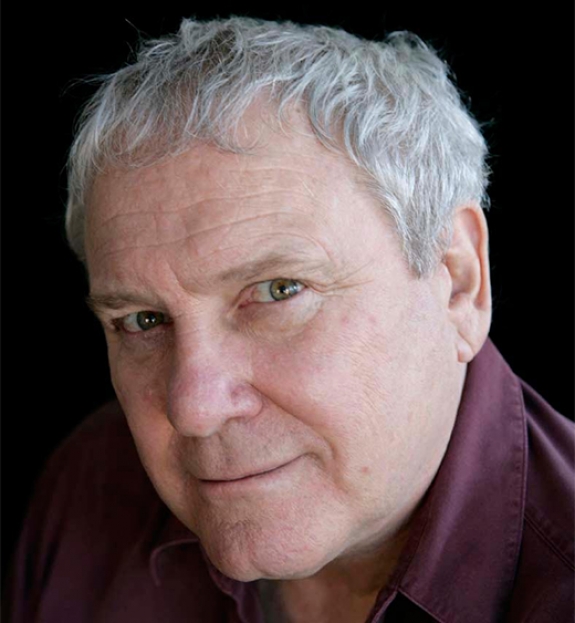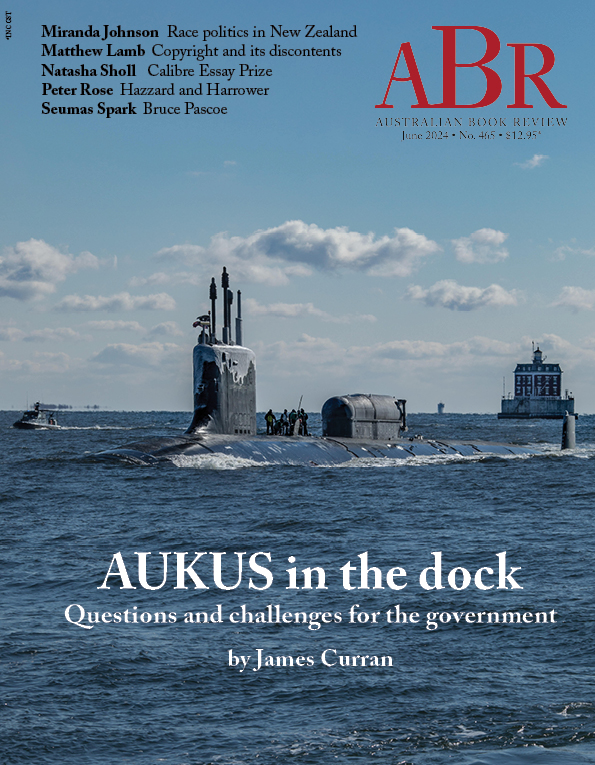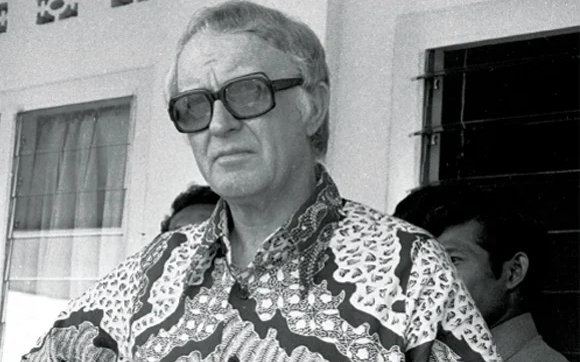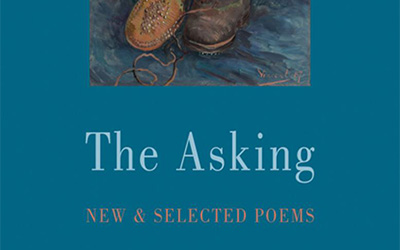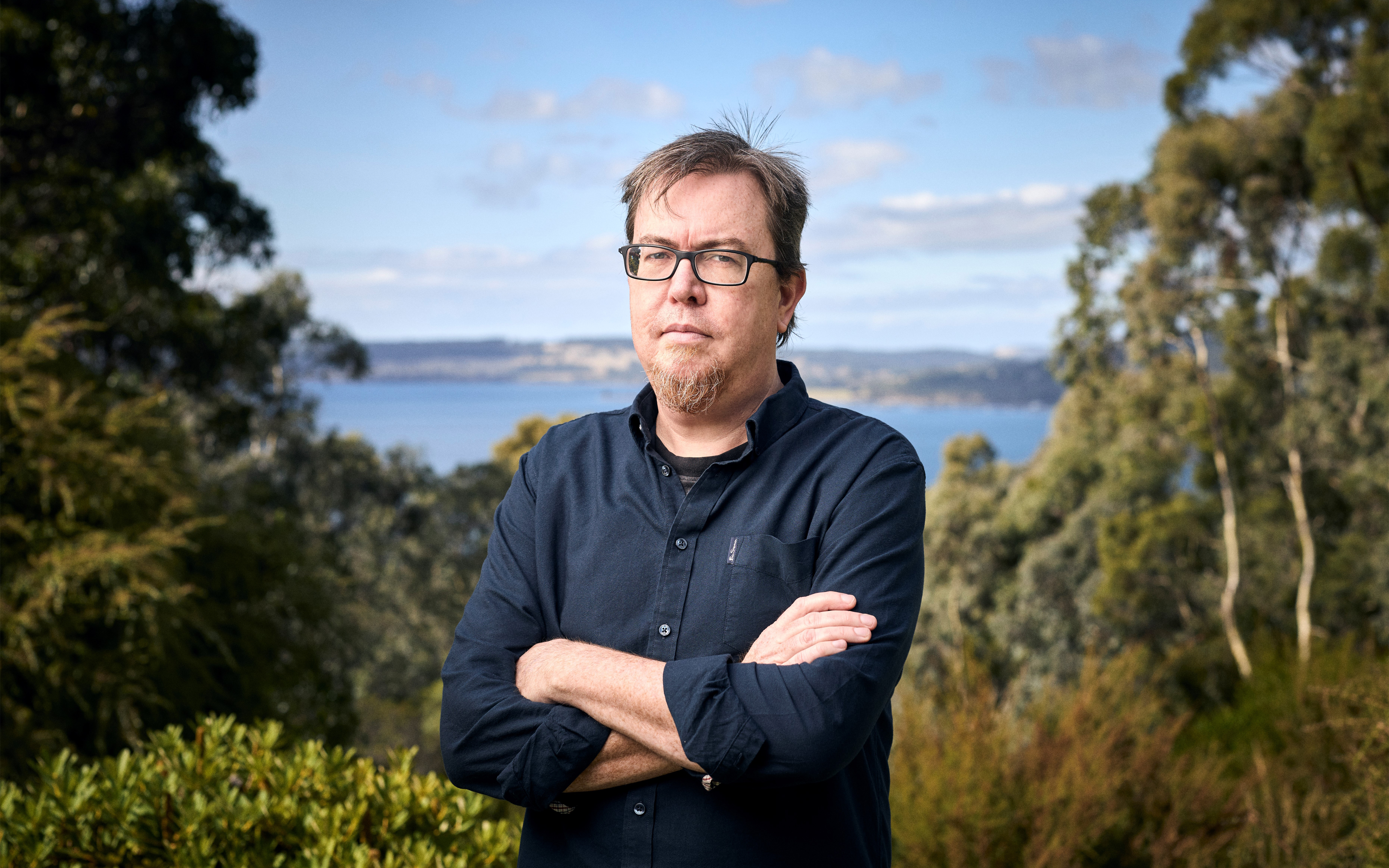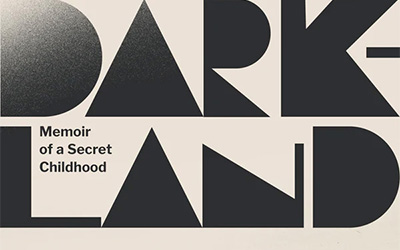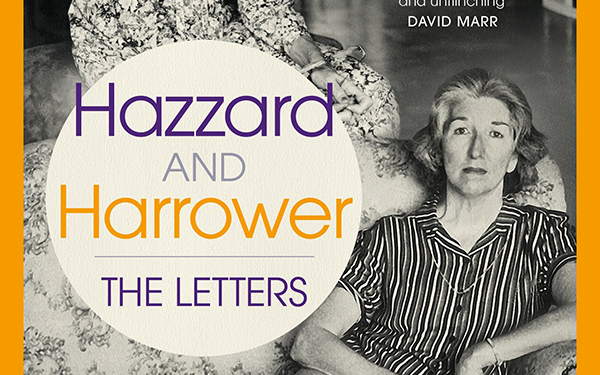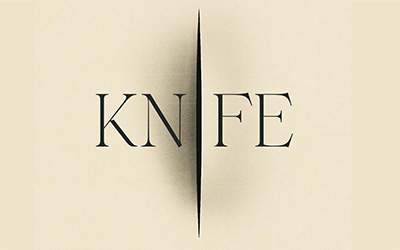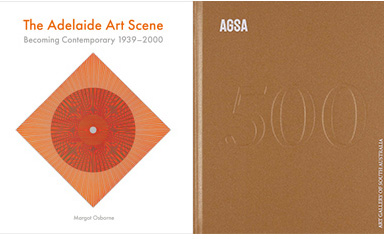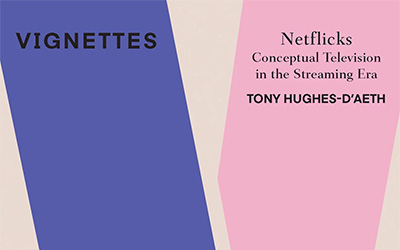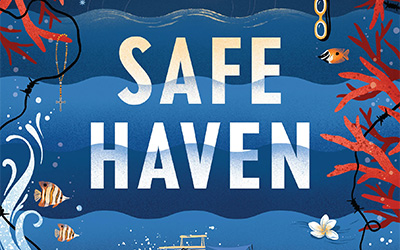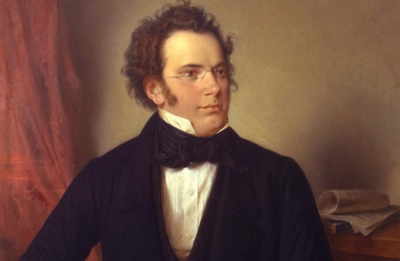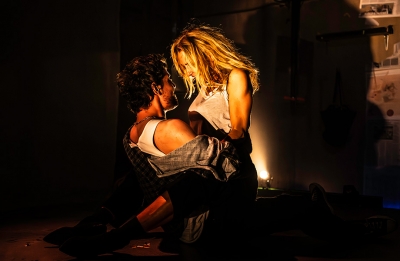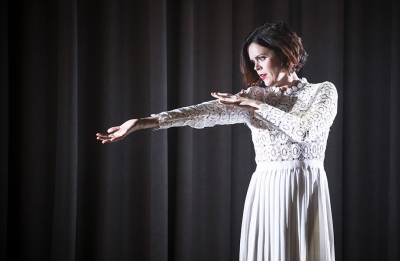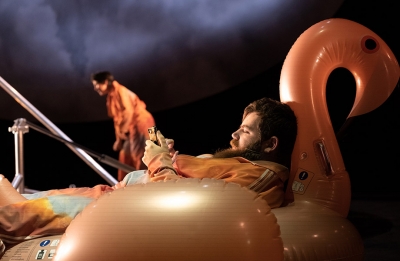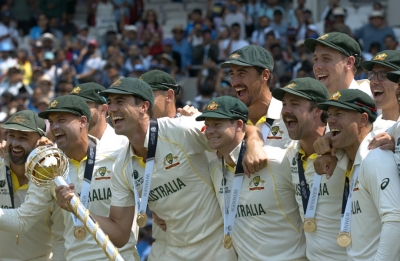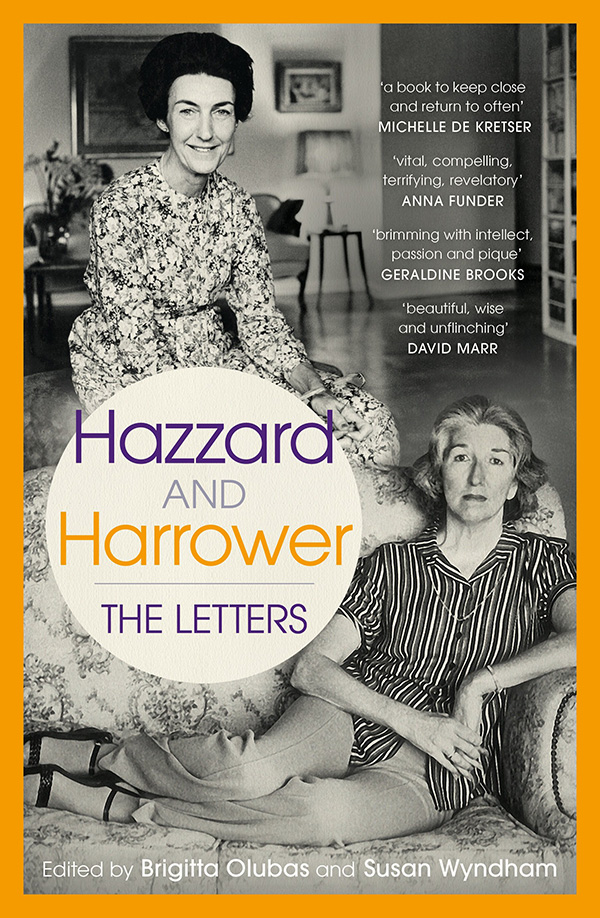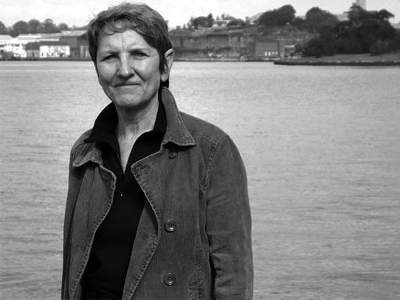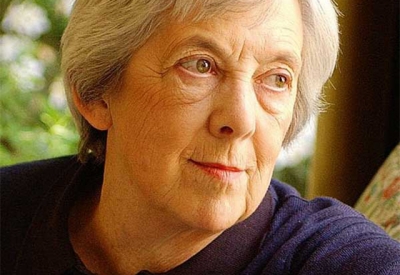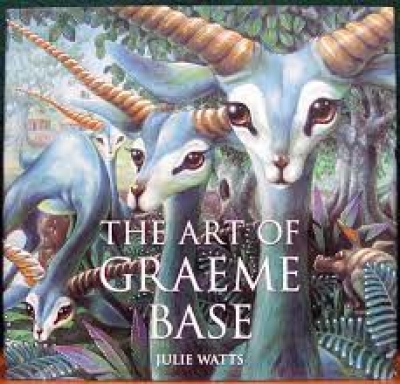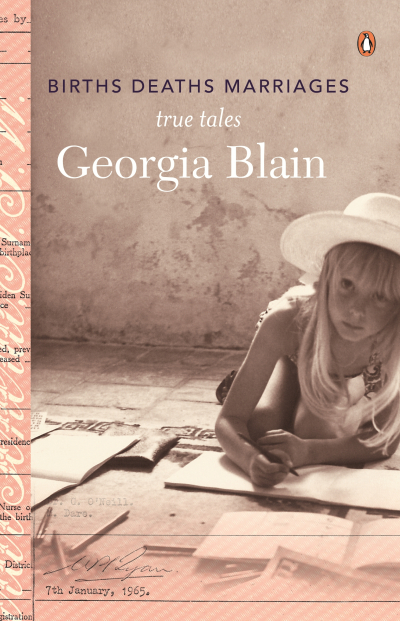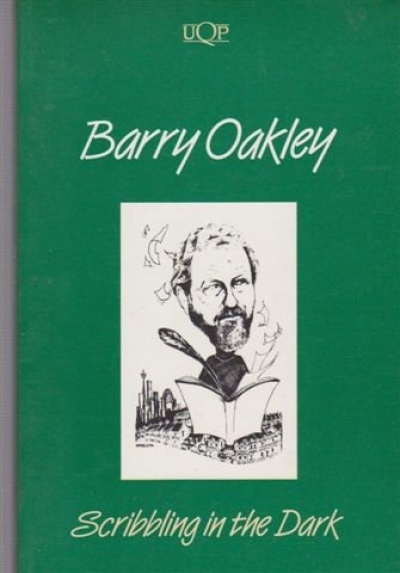December 2008–January 2009, no. 307
When Graeme Base’s first picture book, My Grandma Lived in Gooligulch, was published in 1983, his exuberant illustrations and rollicking text produced a frisson. However, it was the incomparable ‘alphabet’ book Animalia (1986) that really launched Base’s career as a picture-book author–illustrator, and made him a publishing phenomenon in both Australia and the United States. In celebration of twenty-five years of Graeme Base picture books, his publisher, Penguin, has produced a glossy retrospective look at his work. Written by Julie Watts, a former editor and publisher at Penguin Books, The Art of Graeme Base is lavishly illustrated and engagingly written. The first chapter documents Base’s idyllic childhood in Britain and his migration to Australia with his family. The second charts his early adult life as a struggling graphic designer, aspiring rock star and budding illustrator. These chapters introduce the many talents, enthusiasms, influences and mentors that have shaped the Graeme Base ‘brand’. The next twelve chapters are devoted to in-depth revelations about the evolution and production of each of Base’s twelve books, including his most recent title, Enigma (2008). Many chapters also have a ‘Beyond the Book’ section, which explores the other formats that the indefatigable Base has ventured into as spin-offs from his books: television series, board books, dioramas, exhibitions and stage plays.



